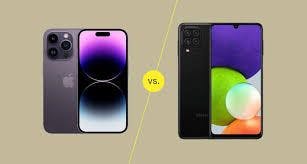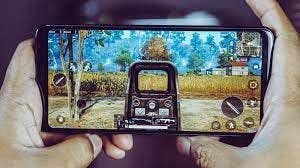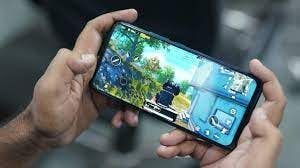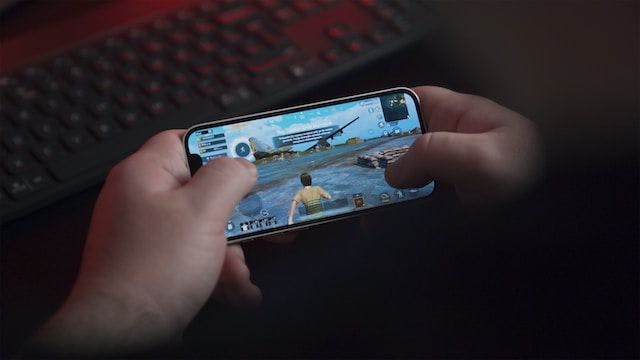In the ever-evolving world of mobile gaming, it's fascinating to see how far technology has come. We now have incredibly powerful smartphones that outperform some gaming consoles from just a few years ago. However, despite the advancements in hardware, many mobile games still don't look significantly better than their predecessors. In this blog post, we'll explore the reasons behind this phenomenon and shed light on the challenges faced by mobile game developers.

The Power Gap between Flagship and Budget Phones: One of the main factors contributing to the lack of visual improvements in mobile games is the disparity in performance between flagship and budget phones. While flagship devices have experienced tremendous performance leaps, the same cannot be said for budget phones. As a result, developers face the challenge of catering to a wide range of devices, each with varying hardware capabilities.
Fragmentation and Optimization Challenges:
Unlike consoles, which have a limited number of platforms to target, mobile game developers face the daunting task of optimizing their games for thousands of different devices. This fragmentation makes it difficult to take full advantage of each device's unique strengths, such as advanced gaming technologies. Consequently, developers often opt for a more conservative approach to ensure their games are accessible to a wider audience.
The mobile gaming market is highly competitive, with a majority of games failing to gain traction. Unlike console games, which can charge upfront prices, mobile games often follow a freemium model, relying on in-app purchases for monetization. This means developers must focus on creating games that attract and engage a large player base before considering additional investments in advanced graphics and features. The risk of investing heavily in visually stunning games that may not resonate with users outweighs the potential benefits for many developers.

Logistical Constraints:
Mobile gaming presents unique challenges when it comes to controls and battery life. Touchscreen controls have yet to achieve the same level of satisfaction as traditional console controllers, limiting the gaming experience on mobile devices. Additionally, the need for phones to perform various functions other than gaming, such as making calls, imposes constraints on battery usage. These factors further influence game design choices and may impact the visual fidelity of mobile games.
Changing Perspectives on Mobile Gaming:
While there was once a belief that mobile gaming would replace traditional console gaming, the reality is different. Mobile games serve a different purpose in people's lives, often acting as a quick and convenient source of entertainment during short breaks. The emphasis on practicality and convenience means that users are generally content with visually simpler games that can be enjoyed in shorter bursts.
Conclusion:
Although smartphones have become increasingly powerful, mobile games haven't made significant strides in visual quality compared to console games. The challenges of device fragmentation, monetization models, logistical constraints, and evolving user preferences contribute to this situation. While some developers strive to create visually stunning mobile games, the market dynamics and limitations make it a complex endeavor. Nevertheless, the world of mobile gaming continues to evolve, and future advancements may bring exciting changes to the visual landscape of mobile games.

